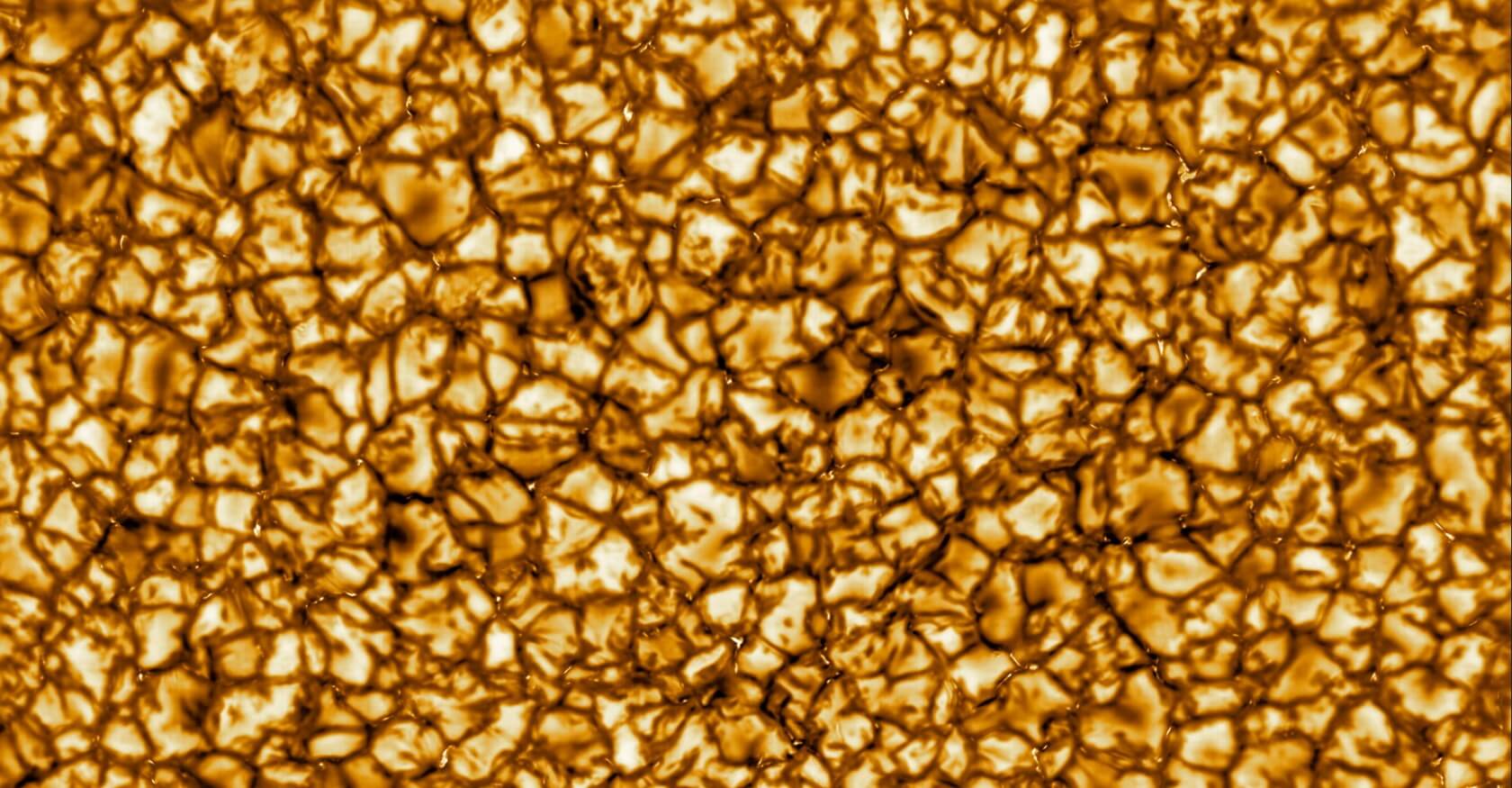Why it matters: Most of us have seen the Sun thousands upon thousands of times throughout our lives, but only from a distance. True, high-definition images of our life-giving star are in short supply, but that makes today's news all the more exciting. Astronomers from the National Science Foundation (NSF) have obtained the first images and video from their high-definition, Sun-studying Inouye Solar Telescope, and the results are fascinating.
The image you see above is the highest resolution image of the Sun's surface that's ever been taken, according to the NSF. And given how amazing it looks, we're willing to take the organization at its word.
What you see in the image is the "boiling gas" that completely covers our solar system's central star. Each small "cell" in the picture is about the size of Texas, and they shift and change as different parts of the Sun's surface "plasma" boil to the surface. When in motion, as you can see below, the effect can look quite beautiful.
The NSF's Solar Telescope is located in Haleakala, Maui, in Hawaii, and it's about four meters in size. Though its ability to produce excellent-quality images of the Sun is certainly nice for us onlookers, the Telescope's primary goal is a bit more practical in nature.
The NSF hopes to use it to understand the Sun and its effect on our home planet a little better. For example, when "space weather" occurs throughout the star, the magnetic eruptions it emits can interfere with communications on Earth and even cause long-term power blackouts.
By studying the Sun's behavior, forecasters may eventually be able to predict not just Earth-based storms, but solar storms as well, and thus help us prepare for the events.
We're not sure what other findings the Solar Telescope will turn up over time, but we're certainly looking forward to finding out.
